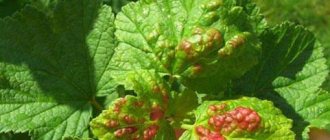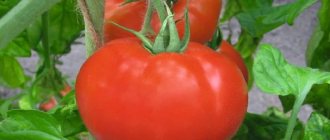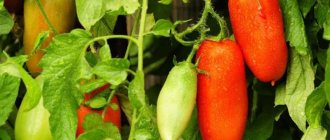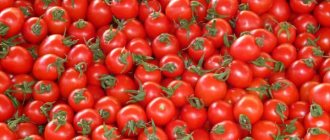Currants are a berry crop with a very valuable vitamin composition. Modern varieties are well adapted to grow in all climatic zones. To extend the productive period of plants and obtain high-quality products, bushes require annual pruning. The basis for correct pruning of currants is the biological and morphological characteristics of the crop varieties.
Biological characteristics of currants
On a summer cottage or personal plot, it is recommended to plant 3-4 bushes of garden blackcurrant, 1-2 bushes of golden currant, 2-3 bushes of red and white. How exactly to prune in the fall depends on the biological species and variety. Let's look at them in more detail.
Garden black
Shrub from the Gooseberry family, Currant genus. In nature, it lives in the forests of Europe and Siberia. The height reaches 1-2 m. Young shoots are pale in color, the opening leaves have a jagged edge, which is why they appear curly. The upper surface of the leaves is dark green, glossy, with pubescence along the veins on the underside. The better the mineral and organic nutrition of plants, the larger their leaves.
Inflorescences are drooping racemes 5-8 cm long. Each inflorescence contains from 5 to 10 small bell-shaped flowers. The fruits are berries, depending on the variety, with a more or less intense aroma and taste. The skin is black, black-brown, sometimes with a green tint, shiny. The diameter of the fruit varies from 0.4 to 1.0 cm, and there are from 3 to 37 achenes inside.
Morphological structure of black currant
The structure of the bushes contains branches of different ages. It is important that buds form on the underground shoots, producing young shoots. There is a classification of blackcurrant varieties depending on the nature of branching. Groups of varieties:
- form many annual basal shoots, but perennial branches branch weakly - varieties Zhelannaya, Bangup, September Daniel. Fruit buds live for 1-2 years, and after 4-5 years there is no point in keeping branches on the bush;
- form few underground young shoots, but the old branches give good branching and have long-lasting fruit formations that bear fruit for 3-4 years - Stakhanovka Altai, Pobeda, Pamyat Michurin. Perennial branches are cut out after 5-8 years, young ones are left all and cut by ¼.
- intermediate type between the first two - Leah, Kent. The longevity of perennial shoots is 5-6 years, the growth rate of young shoots is average.
It is important that in black currant all the buds contain generative rudiments, but the development of fruits from these rudiments may not occur if the life factors of the plant are unfavorable at the time of development of buds and shoots. Due to the presence of several waves of growth during the season and especially the September growth spurt, black currant leaves do not fall for a long time and only begin to turn yellow in late autumn. In regions with warm, long autumns, the tops can grow until the end of September.
Forest (golden)
The height of the bushes reaches 2-2.5 m, the shoots are numerous, erect, bare, growing by 30-40 cm per season. The berries are round, black, with a green tint, brown-black or yellow, contain vitamins, macro- and microelements, antioxidants . At the end of autumn, the leaves turn purple and do not fall off for a long time.
Red
The height of red currant bushes is slightly lower than that of black currants, the berries are 8-12 mm in diameter, collected in clusters of 6-12 pieces. The bushes are less prone to overgrowing, and fruit buds are formed on branches of different ages, including 7-8 years. Plants reduce productivity after 25-30 years of fruiting. Similar varieties have white or yellow berries.
Gardener mistakes
Knowing the structure of currant bushes and the timing of their fertility, pruning in the fall will be an easy task, will take a little time and will certainly benefit the plant, which will reward it with a good harvest. The main mistakes gardeners make when caring for currants:
- pruning only the tops of branches will not lead to the correct formation of the bush and may cause it to thicken, preventing the formation of good fruits;
- sparing old branches that seem productive and cutting out young shoots, you can be left without a harvest, because their fruiting period has expired.
Pruning currant bushes is the most important step in caring for them. Thanks to correctly carried out measures, fruiting will be regulated and the crown will be formed, without unnecessary branches, which waste a lot of energy and juices. All parts of the plant will have enough sunlight, reducing the possibility of diseases and pests.
Join the discussion!
We would be interested to know your point of view, leave your opinion in the comments











